Creativity and Art at Work
Learn how to make your work environment more creative. To devise a more constructive, creative learning environment. Practice in a real-world setting during your work placement. Add your own “flavor” to your work. Have fun. And reach new depths.

The program in a nutshell
Your schedule for classes and workshops is published before the start of the exchange program. In addition to classes, you go on excursions. Present your work to the class and your lecturers. Work on practical group assignments.
You also participate in extra activities. To really test yourself on how far you’ve come. Finally, you complete a work placement assignment. Your chance for practical, hands-on experience. To put to use what you’ve learned.
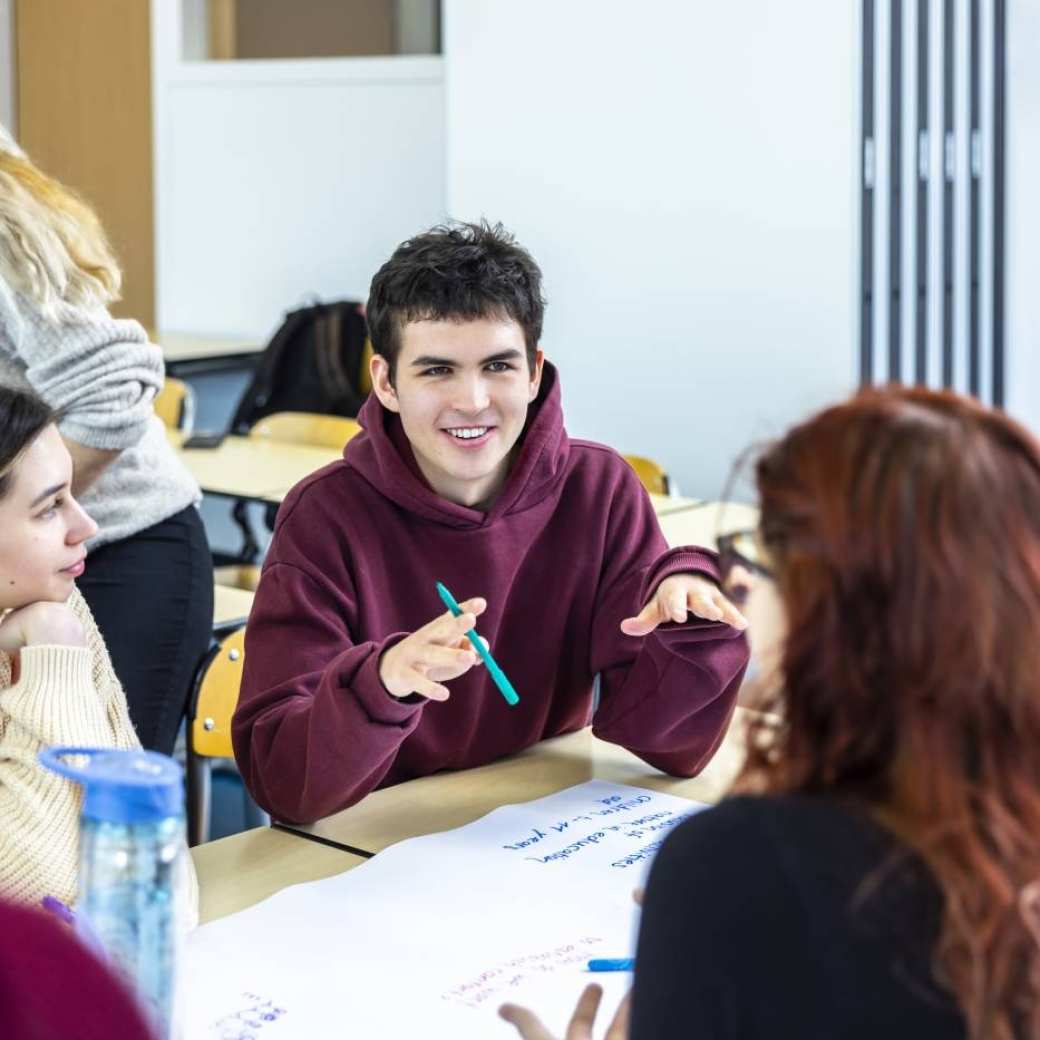
Learning outcomes
By the end of the Creativity and Art at Work exchange program you can:
- Understand how to use creative processes to develop new, valuable products
- Describe Artistic and Playful Media’s contribution to the creative processes
- Describe your own creative strengths, weaknesses
- Improve your pedagogic competencies
- Discuss how to encourage an organization to be more creative
- Discover how to create synergies
- Describe how you contribute to an organization
- Experiment effectively with innovation tools
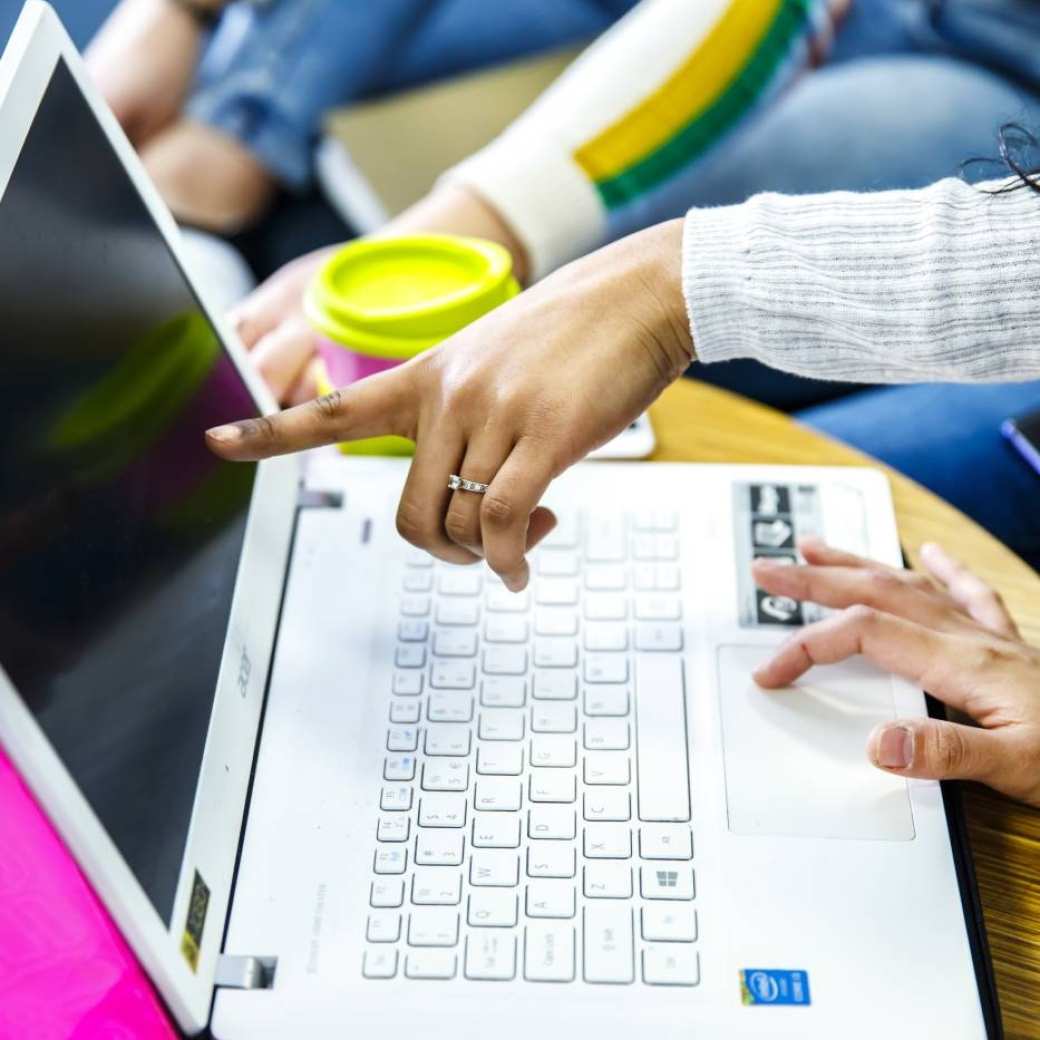
Competences
You strengthen these competence areas during the program:
- Orientation development
- Using artistic/sports related activities
- Creating contacts
- Analysis
- Design skills
- Collaboration skills
- Working with/for other people
- Managing, providing (work) supervision
- Increase your professionalism
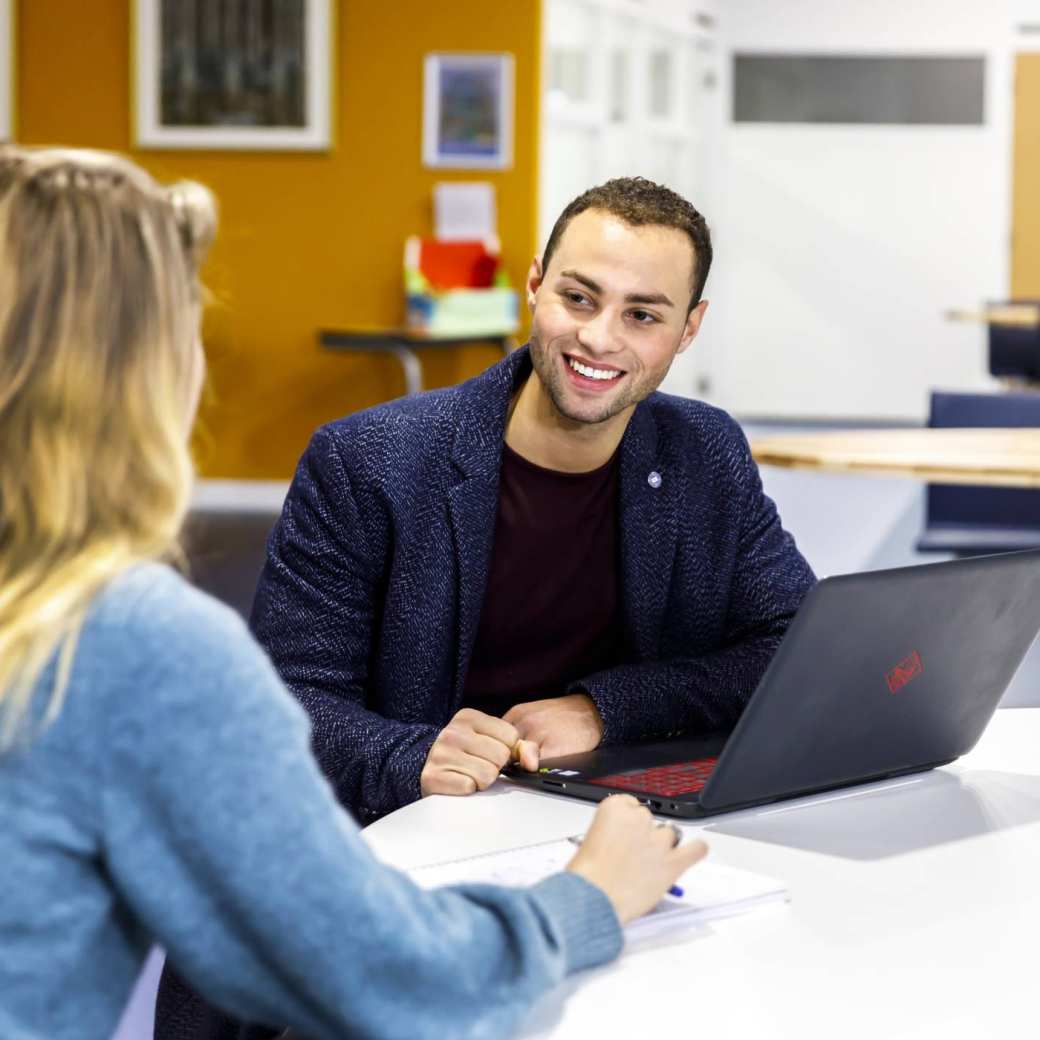
Dutch way of learning
The atmosphere in a Dutch classroom is quite informal and your lecturers are easy to talk to. In fact, at HAN you’re seen as a partner in the learning process. Class sizes are small and your lecturers encourage you to actively participate in class. To ask questions and give your own opinion. They also stimulate you to be creative and to discover things for yourself.
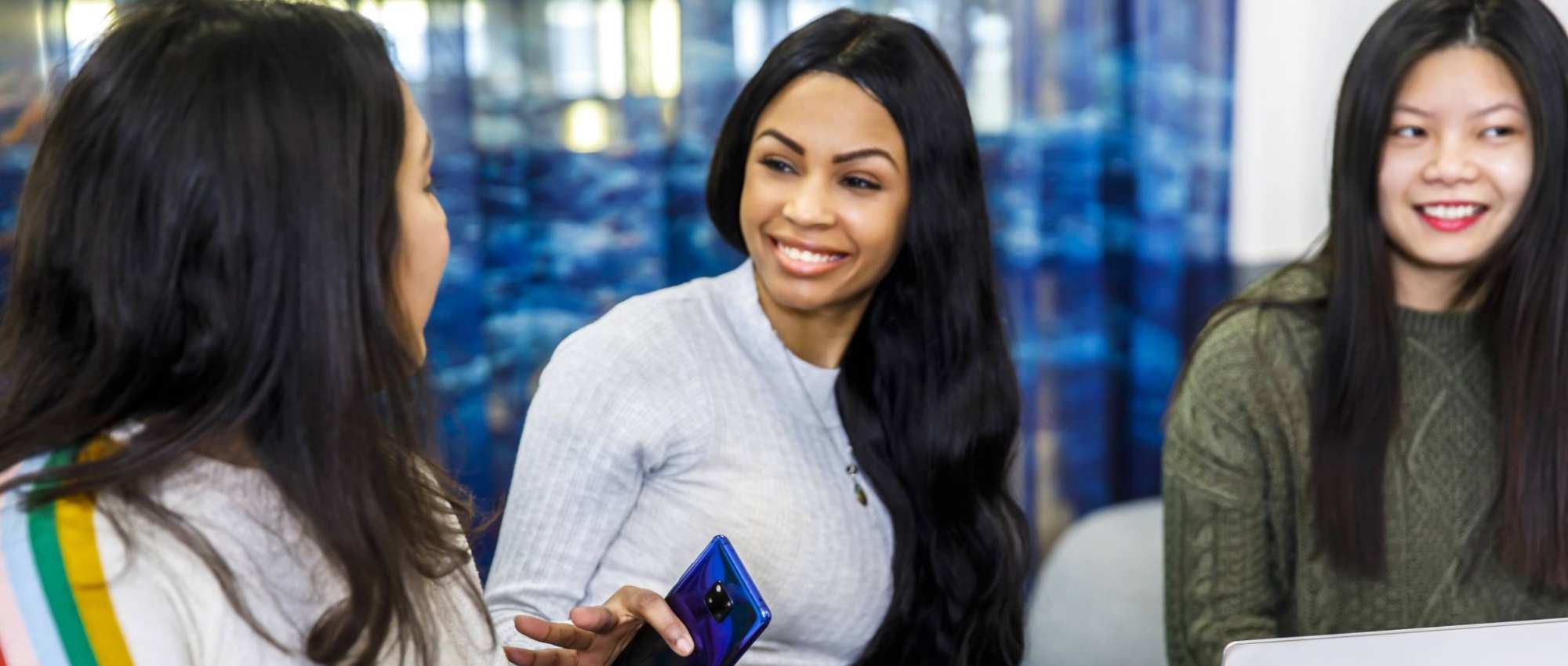
HAN International Intro
Get a good start to your studies during this week of orientation:
- learn about living in the Netherlands
- become familiar with the campus
- get on board with your exchange program
- make new friends!

What about credits and grading?
At HAN we use the European Credit Transfer and Accumulation System, or ECTS. It’s the standard credit system used in higher education across Europe. How does it work? One credit = 28 hours of study. Think of contact hours. Time spent working on assignments. Preparing for exams.
One semester = 30 credits = 840 hours of study. To earn credits, you need to pass your exams. What counts as a pass? A grade of at least 5.5.
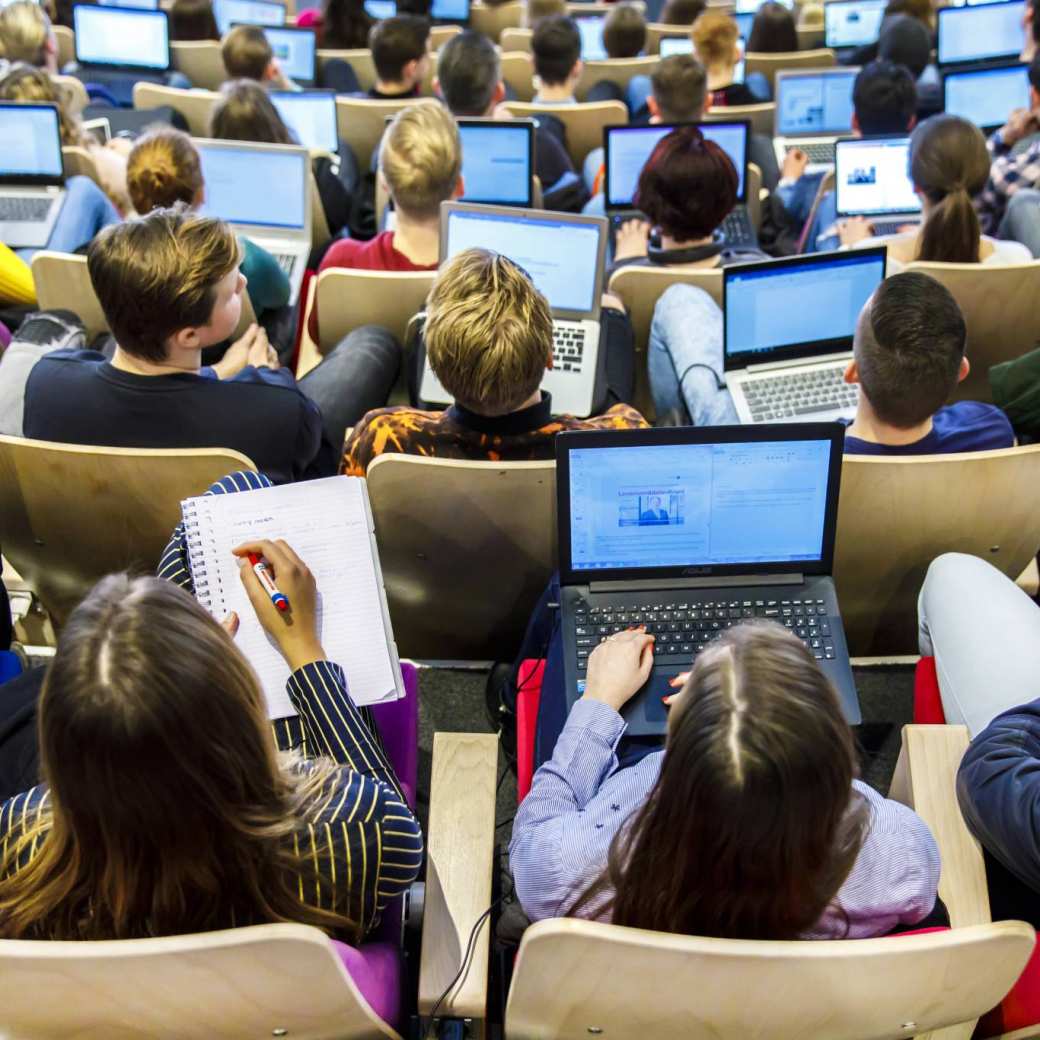
Admission
What are the admission requirements? And how do I apply?
